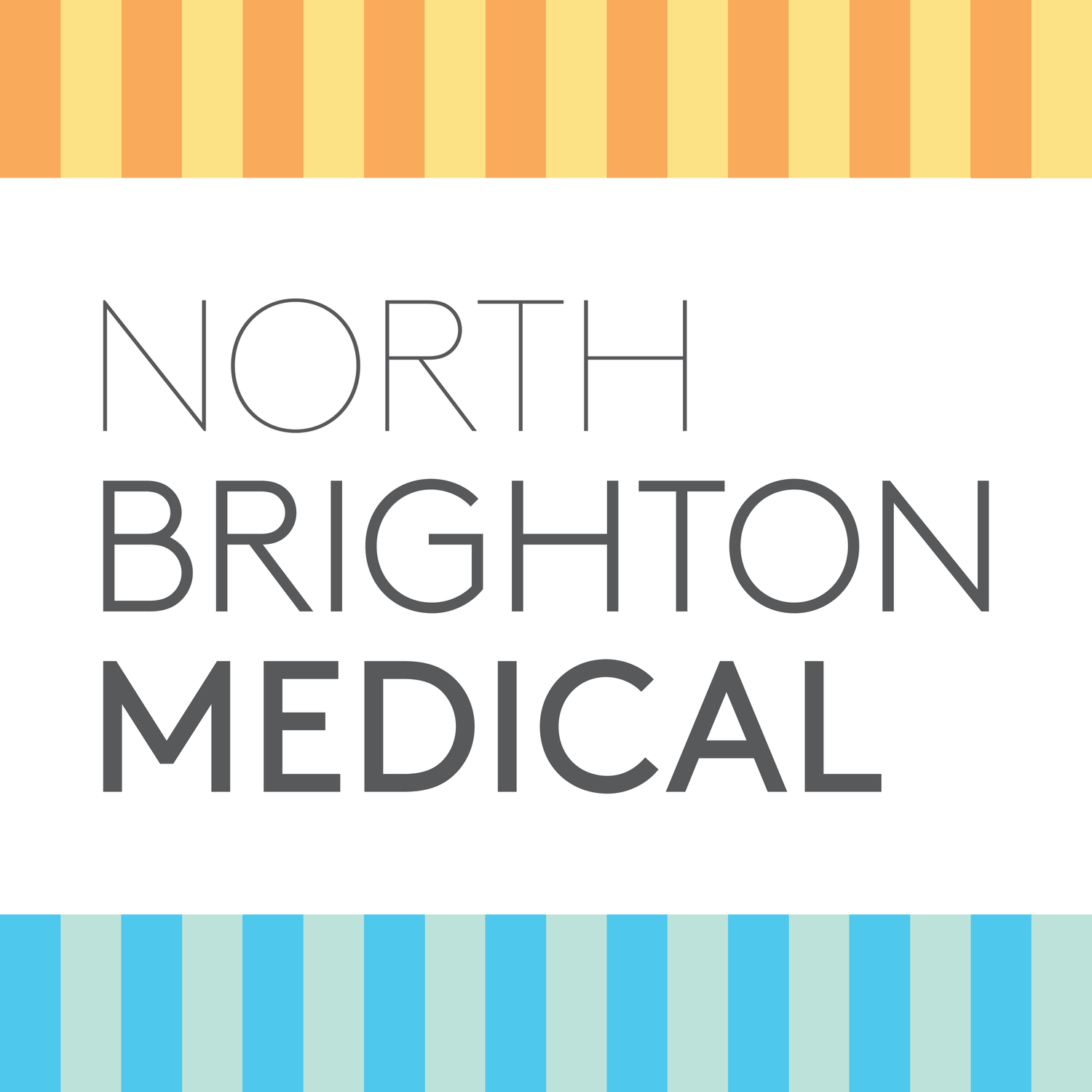Sports and physical activity are great for health, fitness and wellbeing. But injuries are an inevitable risk, even for recreational participants. Knowing which injuries are most frequent, how to spot them early, and how a GP can assist is essential to staying active long term. This article explores common sports injuries in Australia, prevention strategies, and how general practice ties into your recovery journey.
The Landscape of Sports Injuries in Australia
Everyday Australians of all ages are affected by sports injuries, whether from community sport, gym training, or casual activity. At North Brighton Medical Centre, our GPs see injuries ranging from sprained ankles to more complex joint problems. Understanding these injury patterns helps anticipate and prevent long-term issues.
Common Sports Injuries and Their Signs
Sprains and Strains
Soft tissue injuries involving ligaments (sprains) or muscles and tendons (strains). You may notice pain, swelling, bruising and difficulty moving the joint.
Tendinopathies and Overuse Injuries
Repetitive activity can cause microtears and inflammation in tendons. Achilles tendon pain, “tennis elbow” or shoulder issues are examples often managed through Sports Medicine consultations.
Fractures and Dislocations
Sudden impacts from falls or collisions can cause broken bones or joint displacement. These require urgent medical review through your GP or hospital.
Concussions and Head Injuries
Even non-contact sports can result in knocks to the head. Symptoms include headache, dizziness, or confusion. Our doctors provide careful follow-up and may arrange a Health Assessment if needed.
Joint and Cartilage Injuries
Knee and shoulder injuries are common in sports like football and basketball. GPs can help coordinate care and referral to physiotherapy or orthopaedics where required.
Why Early GP Involvement Matters
A GP is often the first and most accessible point of care for sports injuries. At North Brighton Medical Centre, our doctors can:
Provide initial assessment, diagnosis, and management.
Arrange imaging or tests where required.
Prescribe pain relief or anti-inflammatory medicines.
Refer to physiotherapy, allied health, or sports specialists.
Monitor your recovery and guide safe return to activity.
By linking GP care with rehabilitation, you reduce the risk of re-injury and ensure long-term joint and muscle health.
Prevention Strategies to Lower Injury Risk
While not all injuries are avoidable, many can be reduced through safe exercise habits:
Warm-Up and Cool-Down: Preparing muscles before activity and stretching afterwards lowers injury risk.
Technique and Training Load: Avoid sudden spikes in training intensity. Gradual progression helps prevent overuse injuries.
Strength and Conditioning: Building core stability, balance and overall strength supports injury prevention.
Protective Equipment: Proper footwear and sport-specific gear help protect against joint and muscle strain.
Rest and Recovery: Adequate sleep and rest days are essential for tissue repair. Our GPs can provide tailored Men’s Health and Women’s Health advice to support active lifestyles.
What to Do When You Get a Sports Injury
If you’re injured, taking the right steps immediately makes a big difference:
Rest and Protect the Area: Avoid activities that worsen pain. Early support can prevent further damage.
Seek Medical Review: If pain is severe, swelling continues, or movement is restricted, book an appointment with your GP. Same-day care may be available through our After Hours Service if required.
Follow a Rehabilitation Plan: GPs can provide guidance, review progress, and link you with allied health. Ongoing monitoring helps ensure a safe return to sport.
How North Brighton Medical Centre Can Help
At North Brighton Medical Centre, our doctors provide:
Personalised Sports Medicine consultations
Health Assessments for injury recovery and prevention planning
Integrated care through Men’s Health, Women’s Health and Mental Health services
Preventive support linking to past posts such as Tips to Survive the Heat and Asthmatics Preparing for the Cold and Flu Season, which remind us that staying active safely also means looking after overall health.
Disclaimer: The information in this blog is for general educational purposes only and should not be taken as medical advice. It is not a substitute for professional diagnosis, treatment, or care. Always seek the guidance of your doctor or other qualified healthcare professional with any questions you may have regarding your health or medical condition.

